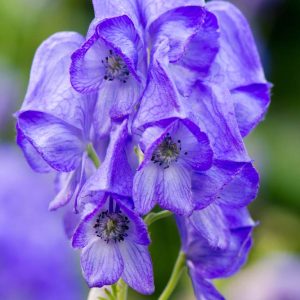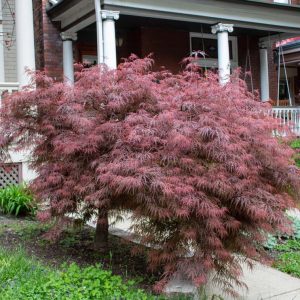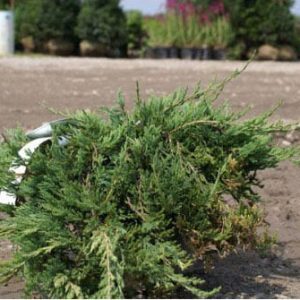Description
Pennisetum –
There are about 120 rhizomatous or stoloniferous, clump forming, annual and perennial grasses, in the Poaceae family, in this genus. They occur in woodland and savanna in tropical, subtropical, and warm temperate zones worldwide. They have flat, linear leaves, and are grown for their feathery, brush like panicles of clustered, oblong to lance shaped spikelets, borne in summer and autumn, which are useful for both fresh and dried arrangements. Grow in a mixed, herbaceous, or annual border, or rock garden. Some self seed readily and may become invasive in warmer areas.
Grow in preferably light, moderately fertile, well drained soil in full sun. Cut back dead top growth by early spring. Where not hardy, protect with a dry winter mulch. Divide in late spring or early summer.
Prone to rust, eye spot, and other leaf spots occur.
P. setaceum ‘Burgundy Giant’ – P. rueppellii ‘Burgundy Giant’ – African Fountain Grass – This mound forming, densely tufted, deciduous perennial grass, often grown as an annual is from Tropical Africa, Southwestern Asia and the Arabian Peninsula grows 4-5′ feet tall and half as wide. It produces upright, narrowly linear, flat or rolled, rough textured, suffused deep purple-red leaves, to 12″ long. From mid summer to early autumn it bears purple-red, pendulous, narrow panicles, to 12″ long. It is drought tolerant.
Zones 8-11





